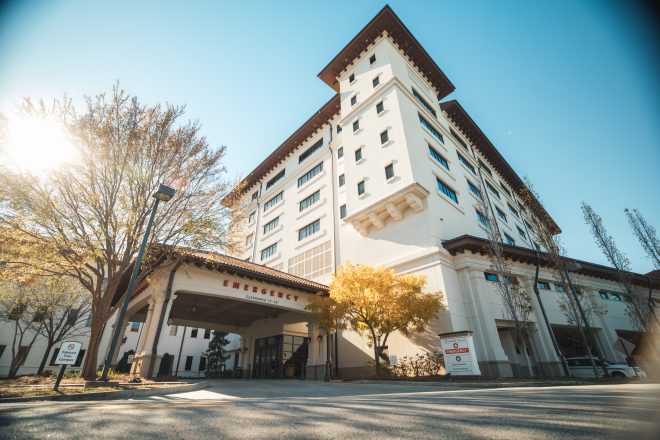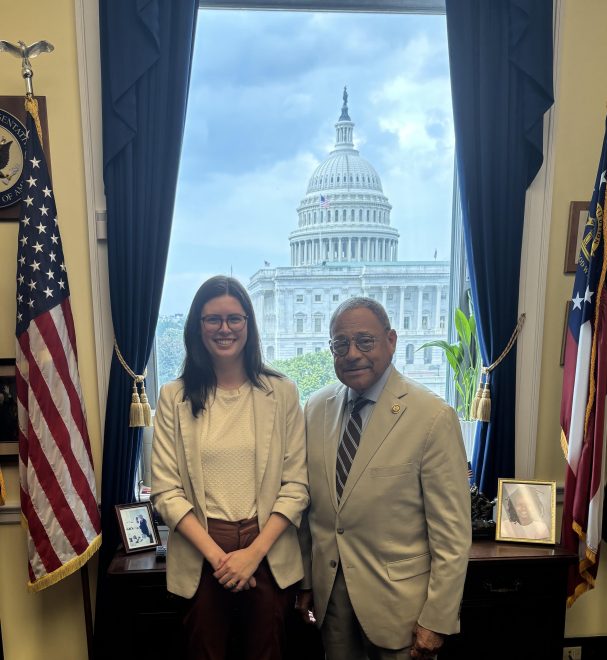Survey searches for unmarked gravesites
Published 6:26 pm Monday, November 21, 2011

- Small flags signify unmarked gravesites.
Omega Mapping Services is completing surveys of two of Thomasville’s historic cemeteries — the Old Cemetery and the Flipper Cemetery.
Trending
The surveys are being conducted using ground-penetrating radar that enables operators to locate unmarked gravesites that lay hidden below the cemeteries’ surfaces.
Ground-penetrating radar is a geophysical method of imaging the ground’s subsurface with radar pulses. Using microwaves (UHF/VHF), the ground-penetrating radar detects reflections of objects or voids underground, much in the same way sonar works.
To date, the ground penetrating radar has located 267 unmarked graves in the Old Cemetery and 554 unmarked graves in the Flipper Cemetery, which still has 25 percent of its grounds left to be surveyed.
One of the more unique discoveries the project has made is the arrangement of burial spaces in the Flipper Cemetery.
In the Old Cemetery, burial lots are placed without much consideration to their order. However, in the Flipper Cemetery, graves are placed in a more modern, grid-like arrangement.
“I am particularly impressed with the findings in the Flipper Cemetery. The graves have been meticulously placed in a symmetrical manner,” said Kha McDonald, senior assistant city manager. “Although we don’t have records to show who prepared the burial grounds, it’s clear that grave sites and burials were organized and carried out with great detail and precision.”
Trending
Earlier this year cadaver dogs — canines trained to detect trace amounts of scent related to human remains — were brought to the historic cemeteries to perform an initial inspection and establish if there was a need for ground-penetrating radar surveys, which they quickly did.
With the location of so many unmarked graves being discovered, the ground-penetrating radar has verified the cadaver dogs’ work.
“We were very pleased that the ground penetrating radar provided validation for the work we’ve done previously using cadaver dogs in locating unmarked graves. This is also a big plus for the cadaver dog handlers,” McDonald explained.





